"Not only does project based learning motivate students because it is an authentic use of technology, it facilitates active learning, critical thinking, collaboration, and creativity. Projects begin with a driving question–an open-ended question that sets the stage for the project by creating interest and curiosity."
Get Started for FREE
Sign up with Facebook Sign up with X
I don't have a Facebook or a X account
 Your new post is loading... Your new post is loading...
 Your new post is loading... Your new post is loading...

Christopher Resetar's curator insight,
February 13, 2014 12:00 PM
Like other comments on this scoop, I really like this article, especially items #1 and #2. I really like those options because they are unconventional options that I still think would provide an appropriate level of challenge for the students as well as provide an alternative form of just a simple pencil and paper exam. I think option #1 is more feasible for elementary school because it would allow students to work on skills that are more age appropriate like consolidation of information and looking for quality source material.
Ruby Day's curator insight,
February 14, 2014 3:45 PM
Sounds like some great ideas to stimulate critical thinking 
Audrey's curator insight,
March 5, 2014 6:51 PM
All 5 assessment methods involves students leading the learning. Asking the students questions based on their reading of the topic helps their analytical skills and allows them to be in charge of their learning.

Melissa Jenkins 's curator insight,
November 16, 2013 9:03 AM
Good visual as to how we should be shifting learning.

Lauren Yachera's curator insight,
February 19, 2014 2:48 PM
Useful links when it comes to coming up with a great PBL for the classroom. This website will be incredibly useful in the future! 
Danielle Howard's comment,
February 20, 2014 7:25 PM
Website that offers links to find PBL ideas. This will be great resource to use when struggling to come up with a project for students' interests.
|

Heather MacDonald's curator insight,
December 19, 2013 2:32 PM
Teaching tools in a "tech culture" - even in the classroom...maybe especially in the classroom our teaching tools adapt in order to teach children best practices in organization and learning skills.
Erica Strain's curator insight,
August 24, 2018 8:55 PM
Technology tools to help you get organized in the classroom

Nicoletta Trentinaglia's curator insight,
January 28, 2014 6:46 AM
interesting suggestion on possible learning activities based on FC approach 
Miguel Angel Perez Alvarez's curator insight,
April 8, 2014 11:34 AM
Una metodología que facilita métodos activos del aprendizaje.

Alfredo Corell's curator insight,
April 8, 2014 3:09 PM
The author believes that flipped instruction tools and techniques are the right set of tools in the right package for many educators and classrooms, and more importantly for our students. KELLY WALSH

JennaMRyan's curator insight,
November 27, 2013 3:04 PM
http://www.edudemic.com/a-detailed-visual-guide-to-distributed-project-based-learning/
I really like this resources because it shows where students are getting information for their projects. The projects are learned through resources that are distributed across many different fields, websites, and search engines. This allows students to engage in many different types of content curation sites. Google and skype are a few examples of resources. The visual is broken up into instant learning and coalitious segments showing how some sites are good for overlapping purposes. This is an interesting view of PBL sources.

Ante Lauc's curator insight,
June 1, 2013 4:43 AM
I prefer love and freedom and look everything through these criterias.

Brad Reitzel's curator insight,
July 5, 2014 8:43 AM
this is a very insightful article that helps lay out the similarities and differences between project based, inquiry based and problem based learning styles. a good read for anyone looking to try them, and understand the differences between them. 
Ignacio Sáenz de Miera's curator insight,
November 6, 2014 5:03 AM
Muy útil esta referencia para poder orientarse en el campo de las metodologías procesuales. 
Mrs. Reinagel's curator insight,
August 4, 2015 11:32 AM
Are you looking for a cheat sheet to understand the differences between Problem-Based Learning, Project-Based Learning and Inquiry-Based Learning? This post will lend a hand. Each type of learning is given a definition, example, teaching tip, and where to go to get more information. If you are thinking of trying one of these types of learning and are not clear on which to choose this post may provide some insight to help you make your decision. Click through for more information.

Lucia Boettjer's curator insight,
September 16, 2020 9:04 AM
This has 2 major benefits. First that you can see 9 pre-made PBL's but you can also potentially earn a certification.
|





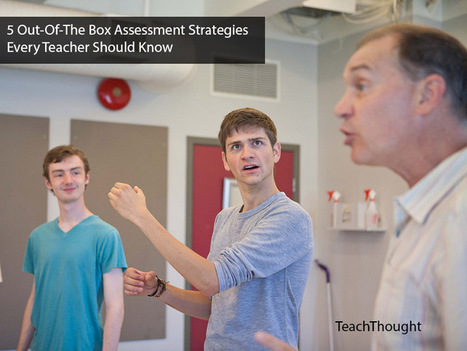
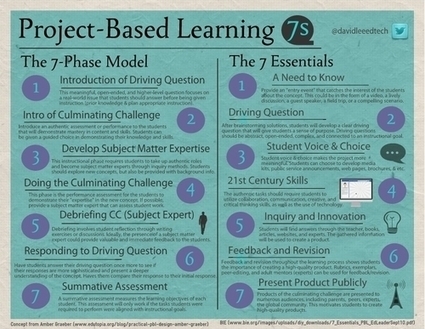




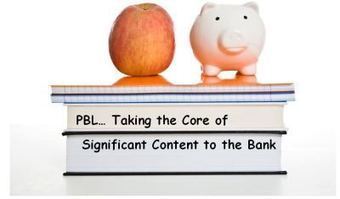


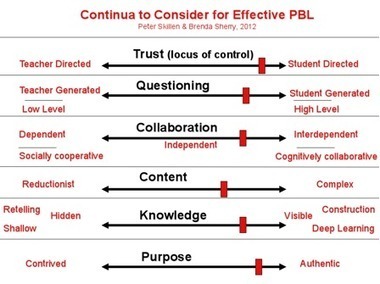
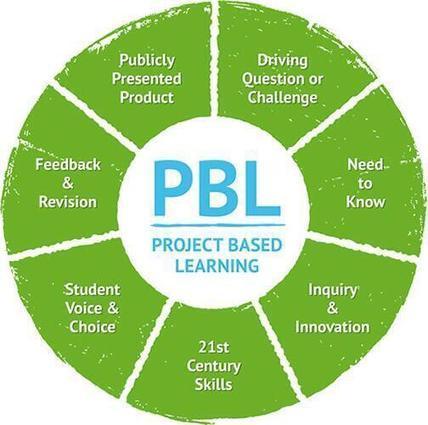

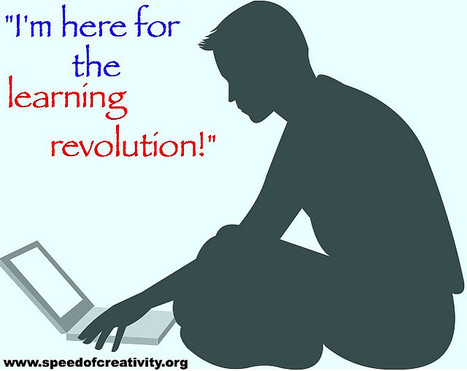
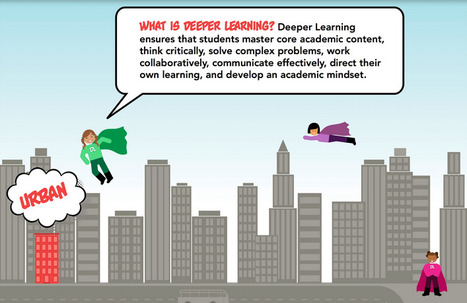




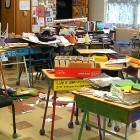
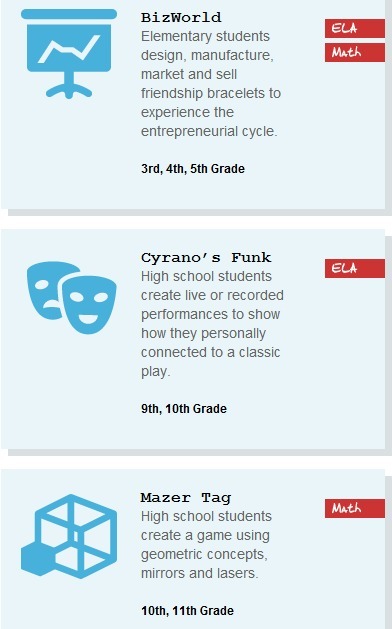






This is a great post. Key ideas to use driving questions, tap into student passion and inspire meaningful learning.
Grabbing their attention in the beginning with great questions will give them the stamina to grapple with the inquiry process later.